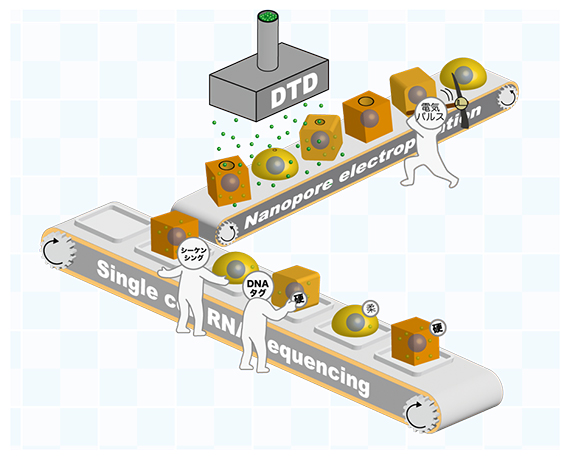2024-05-17 ペンシルベニア州立大学(PennState)
<関連情報>
- https://www.psu.edu/news/research/story/method-producing-sulfur-compounds-cells-shows-promise-tissue-repair/
- https://onlinelibrary.wiley.com/doi/10.1002/adhm.202302429
マンガンポルフィリン含有高分子ミセル: 硫化水素ドナーからのペル/ポリスルフィド種の細胞内触媒形成のための新しいアプローチ Manganese Porphyrin-Containing Polymeric Micelles: A Novel Approach for Intracellular Catalytic Formation of Per/Polysulfide Species from a Hydrogen Sulfide Donor
Kemper Young, Setsuko Yamane, Elmira Abbasi GharehTapeh, Shingo Kasamatsu, Hideshi Ihara, Urara Hasegawa
Advanced Healthcare Materials Published: 02 November 2023
DOI:https://doi.org/10.1002/adhm.202302429

Abstract
Per/polysulfide species that are generated from endogenously produced hydrogen sulfide have critical regulatory roles in a wide range of cellular processes. However, the lack of delivery systems that enable controlled and sustained release of these unstable species in biological systems hinders the advancement of sulfide biology research, as well as the translation of knowledge to therapeutic applications. Here, a novel approach is developed to generate per/polysulfide species in cells by combining an H2S donor and manganese porphyrin-containing polymeric micelles (MnPMCs) that catalyze oxidization of H2S to per/polysulfide species. MnPMCs serve as a catalyst for H2S oxidation in aerobic phosphate buffer. HPLC-MS/MS analysis reveals that H2S oxidation by MnPMCs in the presence of glutathione results in the formation of glutathione-SnH (n = 2 and 3). Furthermore, co-treatment of human umbilical vein endothelial cells with the H2S donor anethole dithiolethione and MnPMCs increases intracellular per/polysulfide levels and induces a proangiogenic response. Co-delivery of MnPMCs and an H2S donor is a promising approach for controlled delivery of polysulfides for therapeutic applications.


